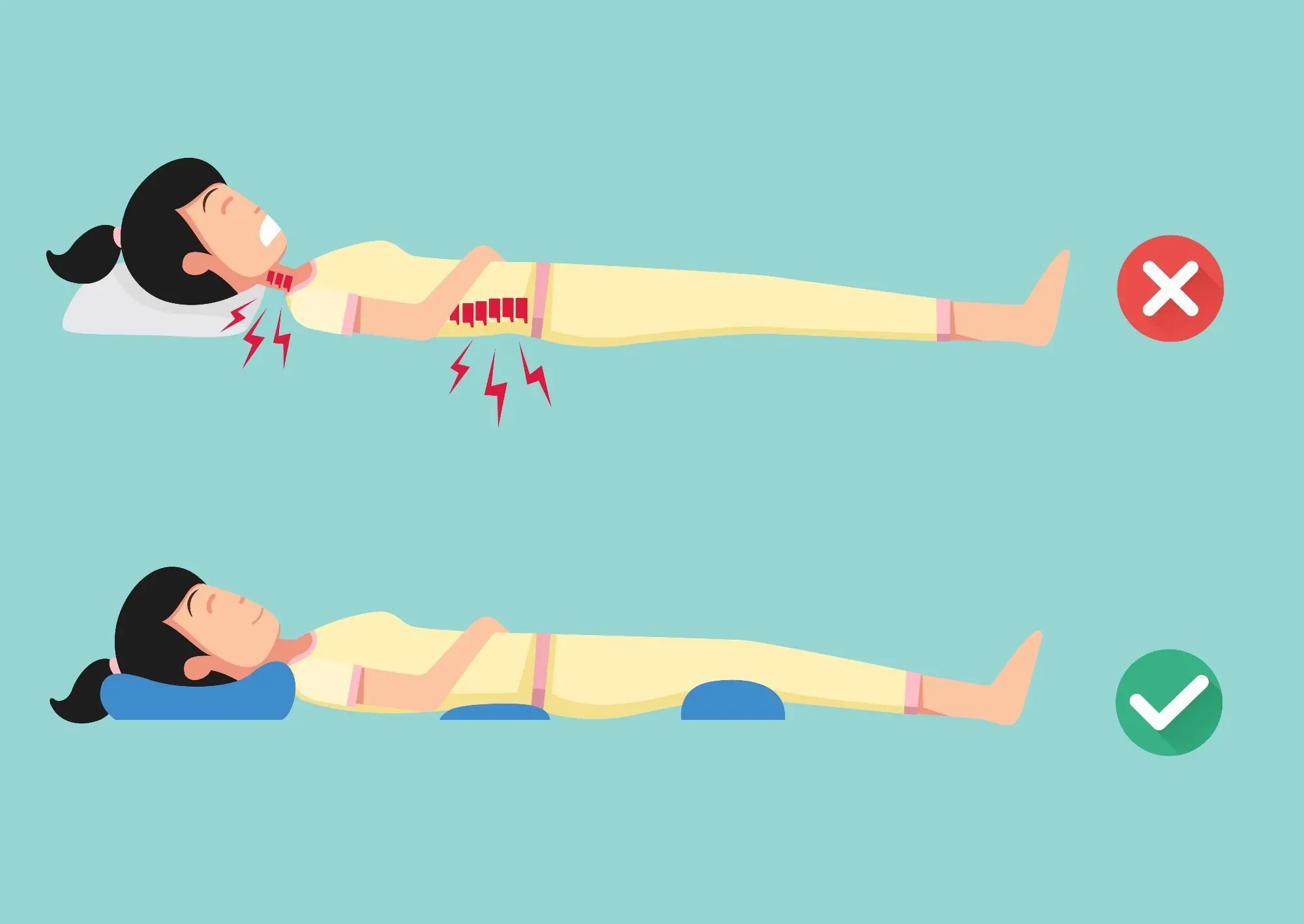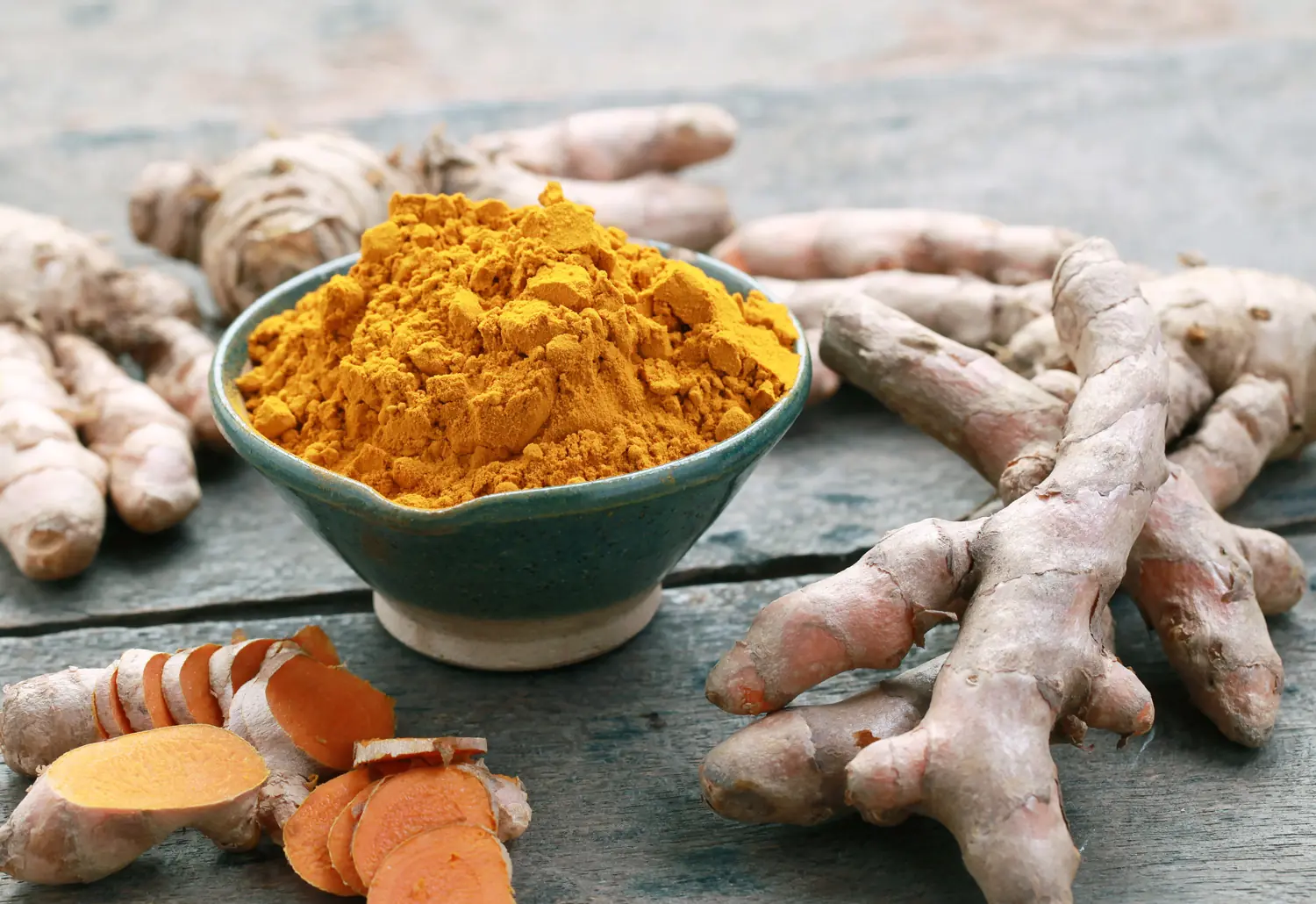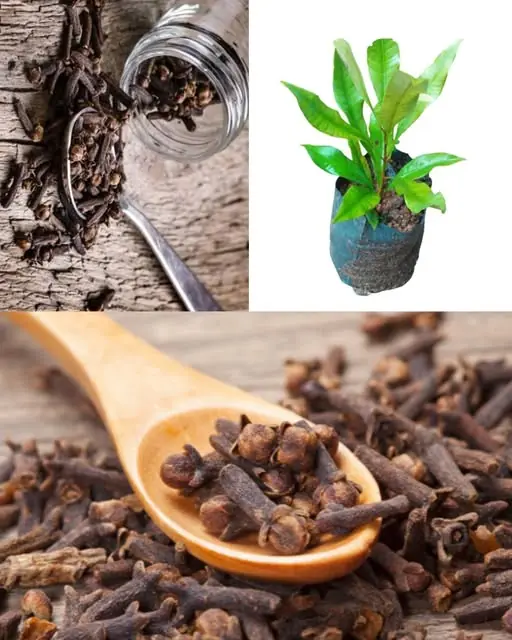
Nerve damage? 6 best oils to help repair your nerves
Are you constantly battling tingling, numbness, or those sharp, shooting pains that seem to hijack your daily life? If so, you may be dealing with neuropathy, a form of nerve damage that feels as if your body’s electrical wiring has gone off track—sending confusing, painful signals to the brain. This condition can be the result of many factors: chronic high blood sugar, physical injuries, nutrient deficiencies, autoimmune issues, or exposure to toxins.
While it’s essential to address the underlying causes through diet, supplements, and medical care, there’s another powerful and often overlooked ally you can incorporate into your healing toolkit — essential oils. These potent plant extracts not only reduce inflammation and pain but also promote relaxation, improve circulation, and may even support the body’s natural nerve repair mechanisms.
In this article, we’ll dive deep into six scientifically supported essential oils that can provide real relief for nerve pain. You’ll also learn ten holistic lifestyle strategies to accelerate nerve regeneration from within. By combining both, you can create a comprehensive healing plan that supports your body inside and out.
⚠️ Note: Always consult your healthcare provider before starting any new treatment, especially when using concentrated essential oils.
Key Takeaways
-
Understanding Neuropathy: Nerve damage disrupts your body’s communication system, causing symptoms like burning, numbness, tingling, or stabbing pain.
-
Topical Relief: Essential oils can reduce inflammation, calm nerve irritation, and block pain signals when applied properly to the skin.
-
Best Oils for Nerve Pain: Frankincense, Peppermint, Lavender, Chamomile, Helichrysum, and Rosemary each have unique healing properties backed by research.
-
Safety First: Always dilute essential oils with a carrier oil such as coconut, jojoba, or olive oil before applying to avoid irritation.
-
Holistic Healing: True nerve recovery requires a full-body approach — combining diet, exercise, vitamins, and essential oils for the best results.
6 Essential Oils for Nerve Pain and Regeneration
1. Frankincense Oil — The Ancient Anti-Inflammatory
Used for thousands of years in traditional Chinese and Ayurvedic medicine, Frankincense oil (from the Boswellia tree) has a well-earned reputation as a natural anti-inflammatory powerhouse. Its active compounds, Boswellic acids, directly target inflammation in damaged nerve tissue. These compounds work by modulating key pain-signaling pathways (such as TLR4/MyD88), effectively quieting the overactive nerve responses that cause discomfort.
To use it topically, blend 15 drops of high-quality frankincense oil with one tablespoon of melted coconut or jojoba oil. Massage gently into the affected area—feet, hands, or lower back—once or twice daily. Over time, the anti-inflammatory effects can help soothe hypersensitive nerves.
For internal support, some people also take Boswellia extract supplements, which may help improve nerve regeneration and joint health from the inside out. Always ensure the supplement is standardized and doctor-approved.
2. Peppermint Oil — Nature’s Cooling Analgesic

Few essential oils provide such instant relief as Peppermint oil. Its key ingredient, menthol, activates cooling receptors in the skin (known as TRPM8), creating a pleasant numbing effect that helps distract the brain from pain. This “counter-irritant” action can significantly reduce nerve pain and calm inflammation.
To make a soothing peppermint blend, mix 20 drops of peppermint oil with two tablespoons of carrier oil and massage into sore or burning areas. The refreshing, cooling sensation sets in quickly, often providing near-immediate comfort.
Beyond its topical benefits, peppermint’s invigorating aroma can help lift mood, sharpen focus, and ease fatigue — a welcome relief for those coping with the emotional toll of chronic pain. Try diffusing peppermint oil or adding a drop to your palms, then inhaling deeply for a quick pick-me-up.
3. Lavender Oil — The Ultimate Nerve Relaxer
Lavender oil is well-known for its relaxing scent, but its medicinal value runs far deeper. Compounds such as Linalool and Linalyl acetate act as natural painkillers and anti-inflammatory agents. Research shows that applying lavender oil to areas affected by neuropathy can reduce pain intensity within hours.
Lavender doesn’t just dull pain—it helps stabilize the nervous system. By increasing levels of GABA, a calming neurotransmitter, it helps quiet overactive nerve impulses, ease anxiety, and promote restful sleep. Since restorative sleep is essential for nerve regeneration, lavender oil is an ideal addition to your nightly routine.
Try adding a few drops to a warm Epsom salt bath, or blend it into a foot or hand massage oil before bed. For internal use, only choose food-grade lavender oil and use under professional guidance.
4. Chamomile Oil — The Gentle Soother
If frankincense is strong and assertive, chamomile is gentle and nurturing. Derived from chamomile flowers, this oil is rich in chamazulene and alpha-bisabolol—compounds with proven anti-inflammatory and analgesic effects.
Chamomile works by calming irritated nerves and easing muscle tension, making it excellent for conditions like diabetic neuropathy or fibromyalgia. It also reduces swelling and pressure that may compress nerves, offering both comfort and healing.
To use, mix 5–10 drops in a carrier oil and massage into sore or tingling areas. Because of its mild nature, chamomile oil is safe for those with sensitive skin. You can even add a few drops to your pillow or diffuser to promote full-body relaxation.
5. Helichrysum Oil — The Regenerative Powerhouse
Often called “Immortelle” or “Everlasting,” Helichrysum oil is one of the most powerful oils for tissue repair and nerve regeneration. Studies suggest it promotes nerve fiber regeneration after injuries, including sciatic and peripheral nerve damage. Its rich blend of esters and diketones supports your body’s natural healing mechanisms while reducing inflammation and oxidative stress.
Apply diluted helichrysum oil directly to affected areas for pain relief, or mix it into a warm compress to encourage deep absorption. For an extra-soothing ritual, add a few drops to steaming water and inhale gently — this helps calm the entire nervous system while easing tension and anxiety.
6. Rosemary Oil — The Circulation Booster
Rosemary oil doesn’t just smell invigorating—it also enhances blood flow and nerve nourishment. Its active compounds, rosmarinic acid and carnosic acid, combat inflammation and oxidative stress in nerve tissue.
When massaged into the skin, rosemary oil increases local circulation, bringing fresh oxygen and nutrients to damaged nerves while flushing out toxins that slow healing. This makes it particularly useful for peripheral neuropathy affecting the hands and feet.
To create a stimulating massage blend, mix 5 drops of rosemary oil with 2 tablespoons of coconut or olive oil. For even greater effect, combine with lavender or peppermint oil to create a synergistic, nerve-soothing blend.
Beyond Oils: 10 Lifestyle Strategies for Nerve Regeneration
Essential oils offer powerful relief, but true nerve healing starts from within. Here are ten proven ways to enhance your body’s ability to repair nerve tissue naturally:
-
Eliminate Inflammatory Oils: Ditch seed oils like canola, soy, and corn. Replace them with extra virgin olive oil, coconut oil, or avocado oil.
-
Eat Seafood Twice a Week: Oily fish like salmon and sardines are rich in omega-3s, which rebuild nerve cell membranes.
-
Boost Your B Vitamins: Especially B1 (Thiamine) and B12, which are crucial for nerve maintenance. Nutritional yeast and organ meats are excellent sources.
-
Take Epsom Salt Baths: The magnesium absorbed through the skin helps relax muscles and calm the nervous system.
-
Cut Out Sugar: High blood sugar causes sticky proteins (AGEs) that damage nerves and blood vessels.
-
Eat Antioxidant-Rich Foods: Leafy greens, cruciferous veggies, and berries fight oxidative stress.
-
Address Mechanical Causes: If your nerve pain stems from compression (like sciatica), see a physical therapist or chiropractor.
-
Try Intermittent Fasting: Fasting activates autophagy, your body’s natural “cleanup mode,” helping clear damaged cells.
-
Exercise Regularly: Gentle movement improves circulation to the extremities and stimulates nerve repair.
-
Add Targeted Supplements: Consider Alpha-Lipoic Acid, Benfotiamine, and Cod Liver Oil—all proven to support nerve health.
Together, these habits reduce inflammation, balance blood sugar, and create an environment where your nerves can thrive.
Conclusion: Restoring Nerve Health the Natural Way
Living with nerve pain can feel overwhelming, but it doesn’t have to define your life. Essential oils offer a safe, accessible way to ease discomfort while supporting your body’s healing systems. When paired with nutrient-rich food, proper supplementation, movement, and stress management, they can become part of a truly transformative wellness routine.
Consistency is key — small, daily choices compound over time. Whether it’s massaging your feet with frankincense, inhaling peppermint to lift your spirits, or taking a walk to boost circulation, each step brings you closer to recovery.
Your body is designed to heal — sometimes, it just needs the right support and patience. Begin today with one simple ritual, and let nature’s own medicines guide you toward a calmer, more comfortable, and pain-free life.
News in the same category


The #1 Food to Unclog Your Arteries Naturally

6 Everyday Foods That Can Help Relieve Common Health Symptoms — According to Science

1 cup to protect the pancreas (and reduce blood sugar)

10 Warning Signs of Bowel (Colorectal) Cancer You Shouldn’t Ignore

Coconut Water Found To Lower Blood Pressure By As Much As 71% In Study Participants

Best Sleeping Positions to Prevent Neck Pain Reflux and Keep Your Heart Healthy

The deadly sleeping mistake that can trigger heart attack and stroke overnight!

Baking Soda and Castor Oil Can Treat More than 20 Health Problems

Purple Veins on Your Legs

Why Keeping A Lemon In Your Bedroom Is A Great Idea

Nighttime Habits That Increase Your Risk of Stroke

4 Types of Shoulder Pain That May Signal Dangerous Cancer — Don’t Mistake Them for Simple Joint Problems

6 Body Parts That Turn Black May Signal Cancer — Don’t Ignore Them

The Amazing Power of Caesalpinia pulcherrima (Peacock Flower)

White Bumps or Spots on Lips: Causes and Effective Treatments

Corn Silk: 30 Health Benefits and How to Use It

Turmeric Dosage: How Much You Actually Need for Arthritis, Cancer, and Other Diseases

Better Than Medicine? The Shocking Truth About Dates & Blood Sugar!
News Post

Long-term melatonin use linked to increased heart failure risk, new study suggests

The #1 Food to Unclog Your Arteries Naturally

Could This Vibrant Beetroot Lip Balm Be Your Secret to Soft, Rosy Lips?

6 Everyday Foods That Can Help Relieve Common Health Symptoms — According to Science

This Homemade Coffee & Turmeric Eye Cream Will Erase Your Dark Circles

How to grow clove plant at home – from seed to spice

7 Benefits Of Papaya Seeds & How To Consume Them Correctly

Chanca Piedra (Stonebreaker): Benefits and Uses

Red Onion for Hair Growth: How This Overlooked Natural Remedy Can Stop Hair Fall and Boost Thickness Fast

Banana and Coffee: Powerful combination with surprising benefits

1 cup to protect the pancreas (and reduce blood sugar)

Manraj’s Journey: A Brave Little Fighter Who Beat Cancer

The Day Rick Swope Saved Jo-Jo the Chimp: A Heroic Act of Compassion

A Dramatic Rescue: The Courageous Effort to Save a Mother and Calf Elephant in Thailand

The Orange Cat and the Bears: A Friendship You Have to See to Believe

Little-known wonderful uses of baking soda in gardening

Remembering Tim Franklin: A Husband, Father, and Friend Who Loved With His Whole Heart

Abused Genius Turns King: The Lost Experiment That Became Legend of the Jungle
